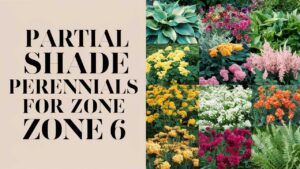In this comprehensive guide, we will explore what to plant in July in Zone 9, providing insights into suitable plants, their temperature tolerances, suitable planting methods, and other helpful tips.
Vegetables To Plant
Zone 9 offers an ideal climate for a variety of vegetables that can be planted in July. The long growing season allows for multiple harvests, making it a perfect time to introduce new crops. Below are ten vegetables that prosper when planted during this month.
Tomatoes
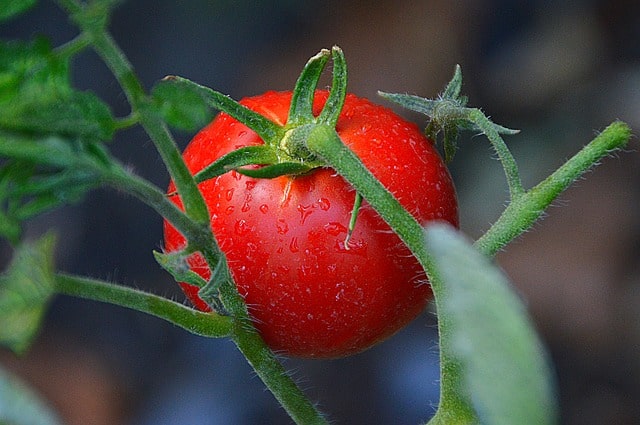
Tomatoes are perhaps the quintessential summer vegetable. They thrive in warm conditions and can be planted in July for a second crop. In Zone 9, ideal temperatures range from 70°F to 85°F for optimal growth. Choose heat-tolerant varieties such as ‘Solar Fire,’ ‘Phoenix,’ or ‘Heatmaster’, which are specially bred to thrive in high temperatures.
When planting, ensure that seedlings are well-established and have at least two sets of true leaves. Space them 18-24 inches apart in well-draining soil enriched with organic matter. Regular watering is crucial during July’s heat, ideally in the early morning to prevent evaporation.
Bell Peppers
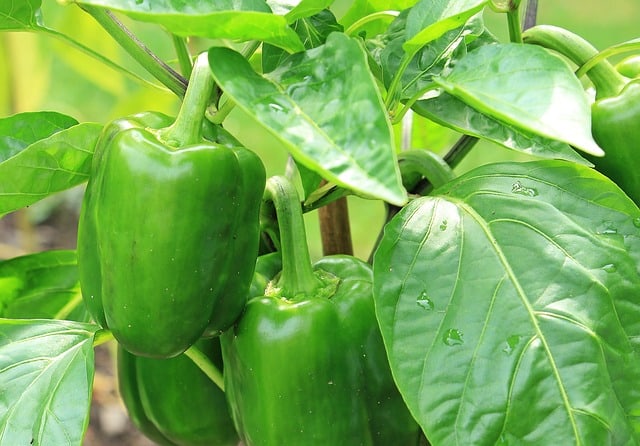
Bell peppers also flourish in Zone 9 during July. These vegetables prefer temperatures between 70°F and 80°F. Consider planting varieties suitable for warmer climates, like ‘California Wonder’ or ‘Jalapeño,’ which can tolerate the summer heat.
To plant, dig holes spaced 18 inches apart and add compost to promote healthy growth. Water regularly, ensuring the soil remains consistently damp but not soggy. A layer of mulch can help retain moisture and regulate soil temperature.
Cucumbers
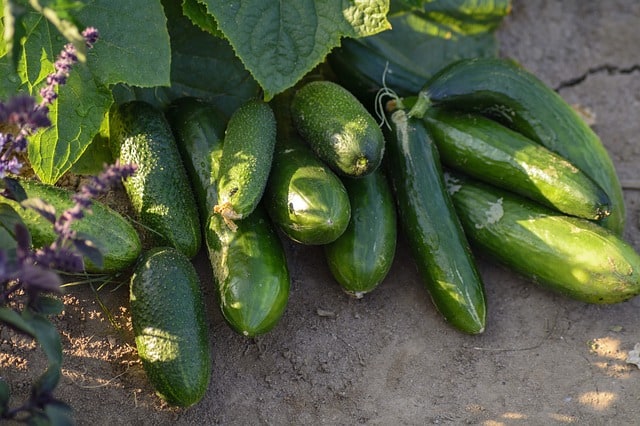
Cucumbers are another excellent choice for July planting in Zone 9. They thrive in temperatures of 75°F to 95°F, making them well-suited for summer gardening. Fast-growing varieties, such as ‘Marketmore 76’ and ‘Burpless,’ can produce bountiful yields in a short time.
Plant cucumber seeds directly in the ground or start them indoors two to three weeks before moving them outside. They require full sun and well-draining soil; amend with compost and consider a trellis for support as they grow vertically, saving space and improving air circulation around the plants.
Squash
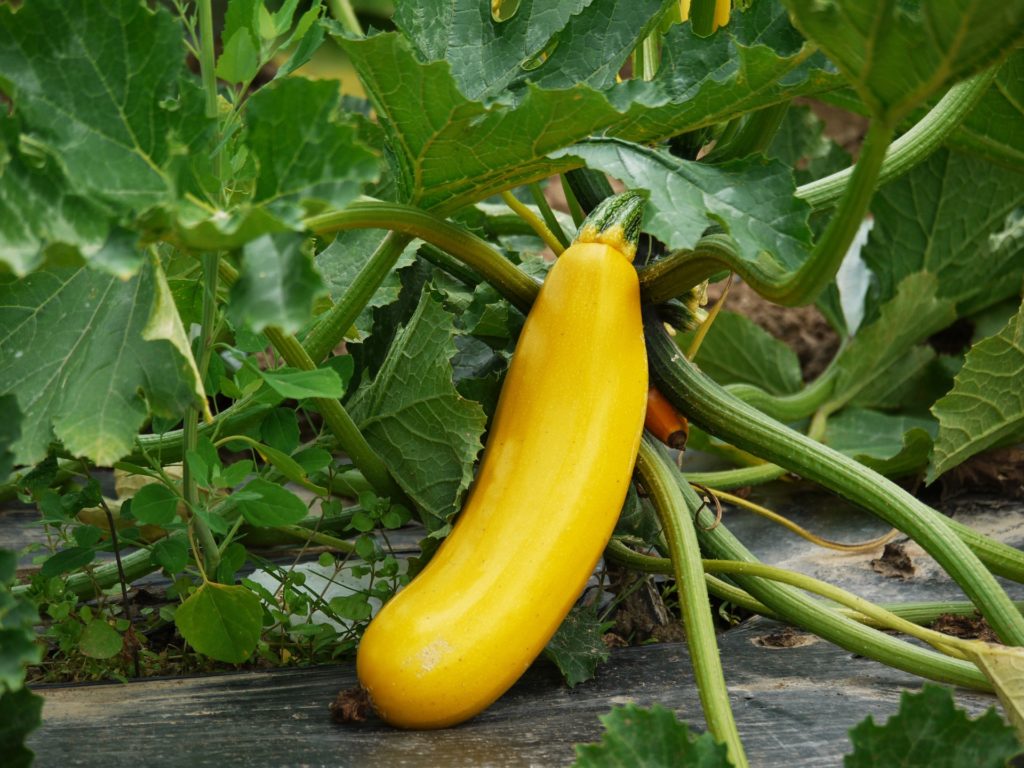
Summer squash varieties, including zucchini, are ideal for planting in July. These plants thrive in temperatures between 70°F and 90°F. Varieties such as ‘Black Beauty’ and ‘Golden Zucchini’ can produce high yields in a relatively short growing season.
Plant squash seeds 1 inch deep, spacing each seed 2-3 feet apart to allow for their sprawling nature. They require full sun and rich, well-draining soil. Mulching will help retain moisture and suppress weeds, which is critical as summer heat intensifies.
Beans
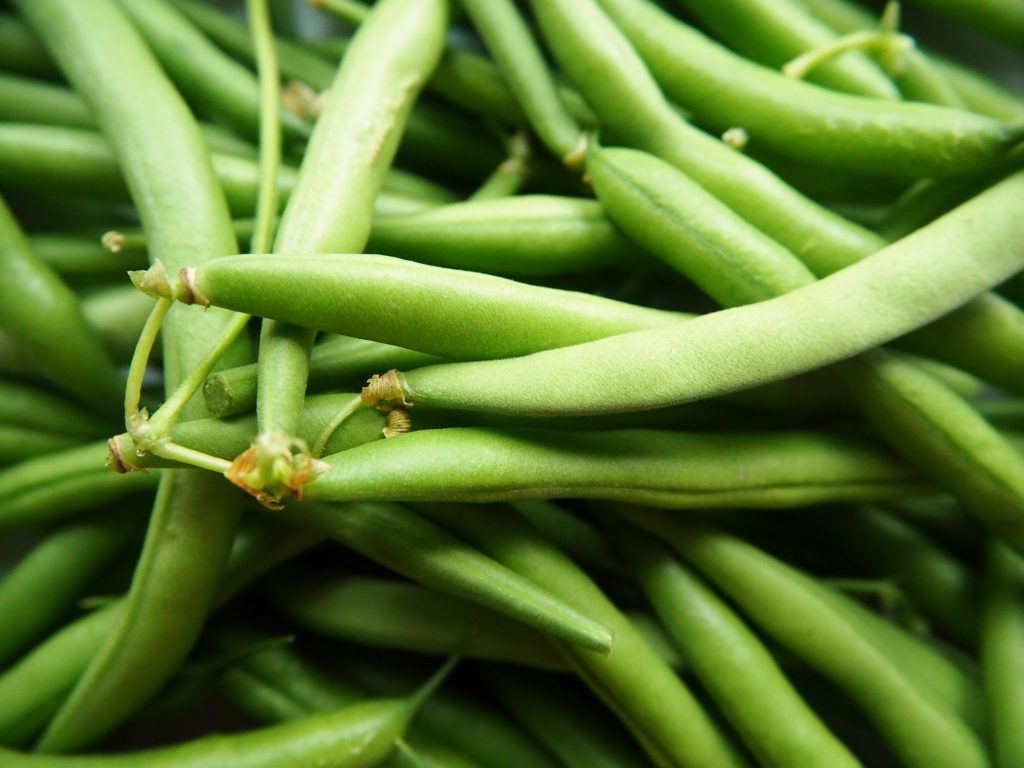
Beans are perfect for July planting in Zone 9. They flourish in warm soil and air temperatures of around 70°F to 90°F. Both bush and pole varieties thrive in these conditions, with ‘Blue Lake’ and ‘Kentucky Wonder’ being popular choices.
Directly sow seeds into well-prepared soil after the last frost. Beans germinate quickly, usually within a week, and require full sun and consistent moisture for healthy growth. Supporting pole beans with stakes or trellises helps maximize garden space.
Sweet Corn
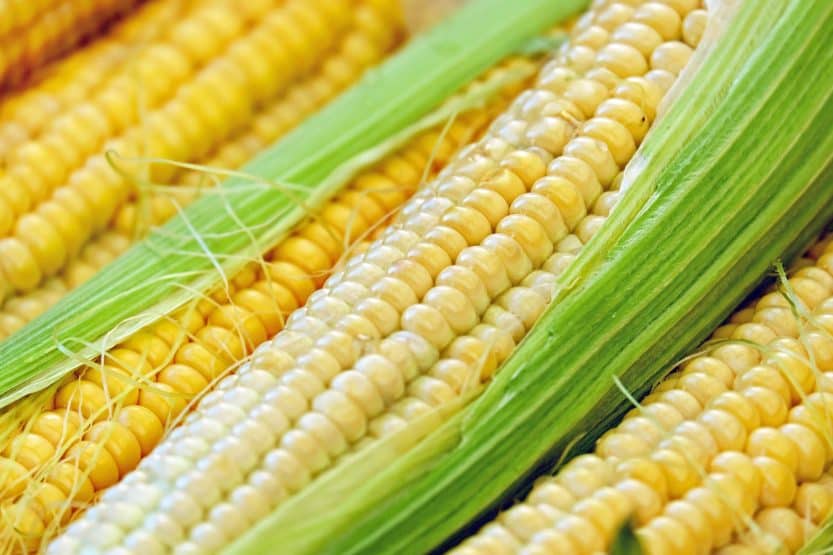
Sweet corn can also be planted in July in Zone 9. It prefers warm soil temps of 60°F to 95°F. Varieties such as ‘Silver Queen’ or ‘Golden Bantam’ are reliable choices that can produce sweet ears in the late summer or early fall.
Sow seeds directly in the garden, planting them 1-2 inches deep and spaced 12 inches apart. Corn typically needs full sun and consistent watering, especially as it develops. Ensuring proper pollination, which is best done in blocks rather than rows, can enhance your harvest and provide abundant ears of corn.
Okra
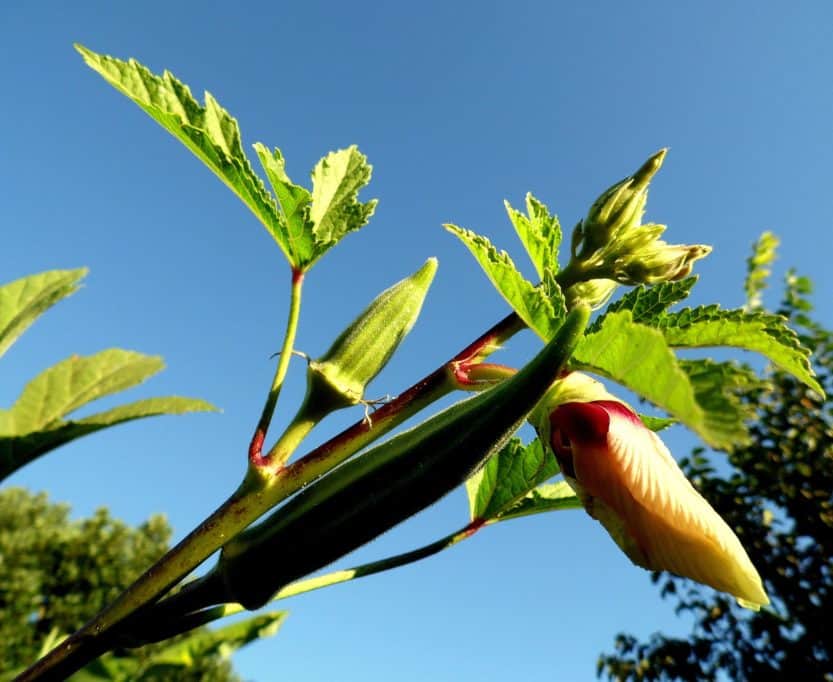
Okra is a warm-weather crop that thrives in the summer heat of Zone 9. It prefers temperatures between 75°F and 95°F, making July an ideal time for planting. ‘Clemson Spineless’ and ‘Emerald’ are popular varieties known for their productivity.
To plant okra, sow seeds directly into the soil about an inch deep and 12-18 inches apart. Okra loves sunlight and requires well-drained soil. Although drought-tolerant once established, regular watering during the early growth stages will support healthy development.
Eggplant
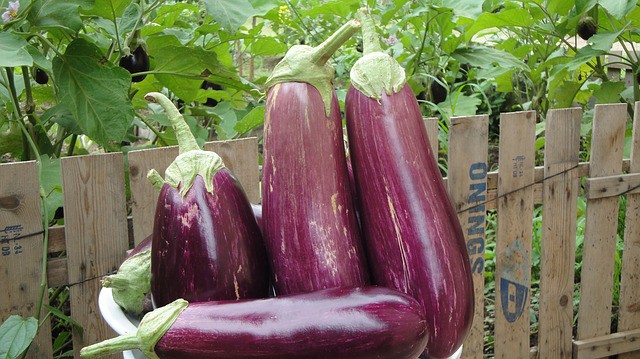
Eggplant, particularly varieties like ‘Black Beauty,’ thrives in the summer heat and can still be planted in July. These plants prefer temperatures ranging from 70°F to 90°F.
When planting, space seedlings 18-24 inches apart in nutrient-rich soil. Water consistently, and protect them from pests that might be drawn to the lush growth. Mulching can also keep the soil temperature consistent.
Carrots
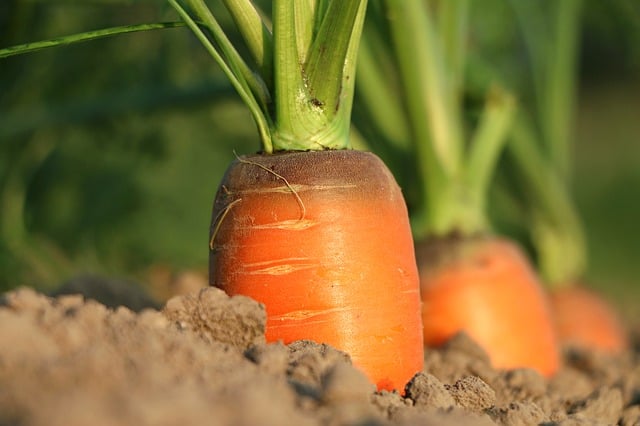
While many think of carrots as a fall crop, they can be successfully planted in late July in Zone 9 for a fall harvest. Carrots prefer cooler temperatures and grow best when soil temperatures range from 60°F to 70°F.
Directly sow carrot seeds in well-drained, loamy soil, ensuring that seeds are covered with about ¼ inch of soil. Keep the soil consistently moist, as this will encourage proper germination and prevent the seeds from drying out. Thin seedlings to ensure adequate space for the roots to develop.
Radishes
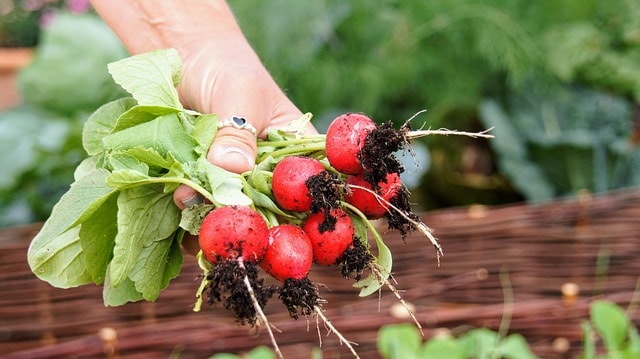
Radishes are among the fastest-growing vegetables and can be sown in July for a quick harvest. They enjoy cooler temperatures, ideally between 50°F and 75°F. Varieties like ‘Cherry Belle’ and ‘French Breakfast’ are great choices for summer planting in Zone 9.
Seed radishes directly into well-worked soil, covering them lightly with soil. They can be spaced as close as one inch apart. With consistent watering, radishes can mature in just three to four weeks, providing a fresh and crunchy addition to salads.
Flowers To Plant
July is an excellent time to plant flowers in Zone 9, where the warm climate allows for vibrant blooms that can be enjoyed until the first frost. Here are ten flowering plants that you can successfully plant this month.
Zinnias

Zinnias boast brilliant blooms and are incredibly tolerant of summer heat. They prefer temperatures between 70°F and 95°F, making July planting ideal. Varieties such as ‘Zinnia elegans’ and ‘Profusion’ are excellent choices.
Directly sow seeds into well-drained soil, with a spacing of 12 inches apart. They thrive in full sun conditions. Zinnias are relatively low-maintenance, requiring only occasional watering and deadheading to encourage continuous blooms.
Sunflowers

Sunflowers flourish in warm temperatures and can be planted in July. Ideal growth occurs between 65°F and 95°F. From dwarf to giant varieties like ‘Mammoth’ or ‘Sunspot’, sunflowers are sure to add character to any garden.
Sow seeds directly into the soil at a depth of one inch, spacing them at least 18 inches apart. Sunflowers thrive in full sun and can create a stunning backdrop in your garden, attracting pollinators like bees and butterflies.
Marigolds
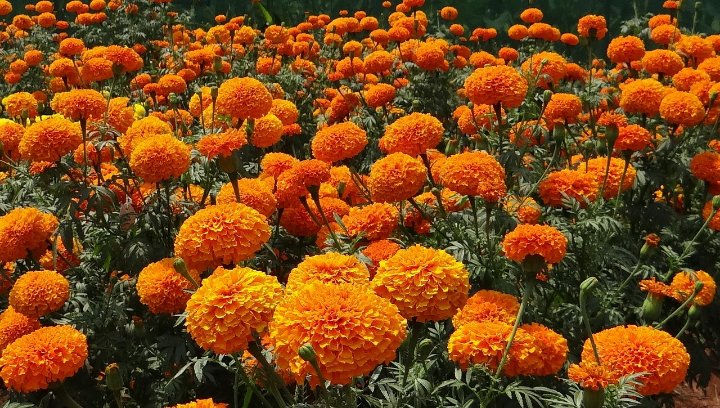
Marigolds are hardy annuals that bloom abundantly in the summer sun of Zone 9. They thrive in temperatures of 60°F to 85°F and are not only beautiful but also serve as excellent pest deterrents in vegetable gardens.
Plant marigold seeds directly in well-drained soil, roughly 12 inches apart. They appreciate full sun and can tolerate drought conditions once established, making them a low-maintenance choice for vibrant summer color.
Cosmos

Cosmos flowers are known for their delicate, feathery leaves and bright, daisy-like blooms. They thrive in temperatures ranging from 50°F to 90°F and are perfect for July planting in Zone 9. Varieties such as ‘Sensation’ or ‘Double Click’ come in a variety of colors.
Sow seeds directly in the garden, covering them lightly with soil. Space 12-18 inches apart and situated in full sun locations. Cosmos are drought-tolerant and can attract beneficial insects, making them a fantastic addition to any garden.
Petunias
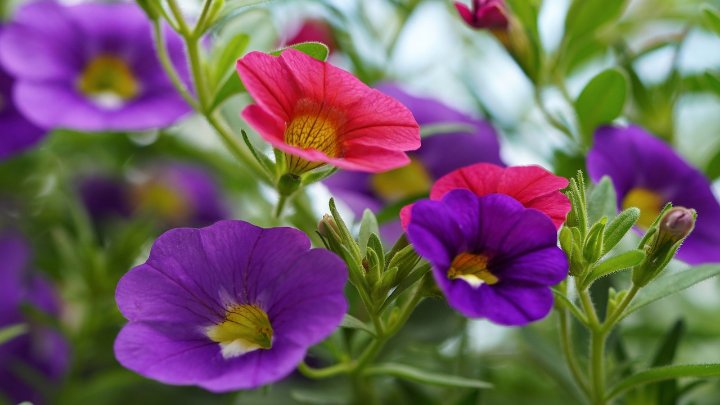
Petunias are heat-tolerant flowering plants that can add brilliant colors to gardens in July. They thrive at temperatures between 60°F and 85°F. Look for varieties like ‘Wave’ or ‘Supertunia,’ which are known for their massive blooms.
When planting, space them about 12 inches apart in well-draining soil enriched with organic matter. Regular deadheading will encourage upward growth and promote a long blooming season throughout the summer.
Salvia
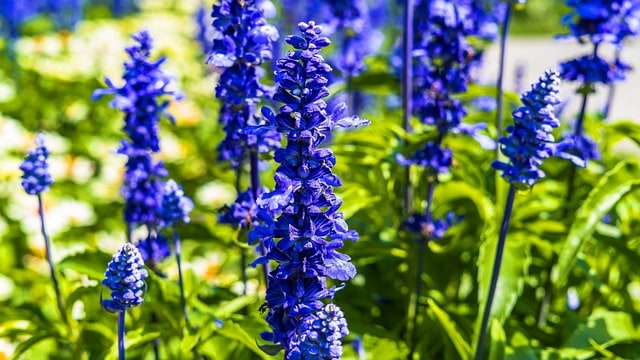
Salvia is a diverse genus of plants known for their hearty blooms and aromatic foliage. They perform well in warm climates, preferring temperatures of 70°F to 90°F. Varieties like ‘Salvia farinacea’ and ‘Salvia splendens’ are excellent choices for planting in July.
These flowers should be spaced about 12-18 inches apart and require well-drained soil and full sun. Salvia is also known for attracting hummingbirds and butterflies, making them perfect for pollinator gardens.
Lantana
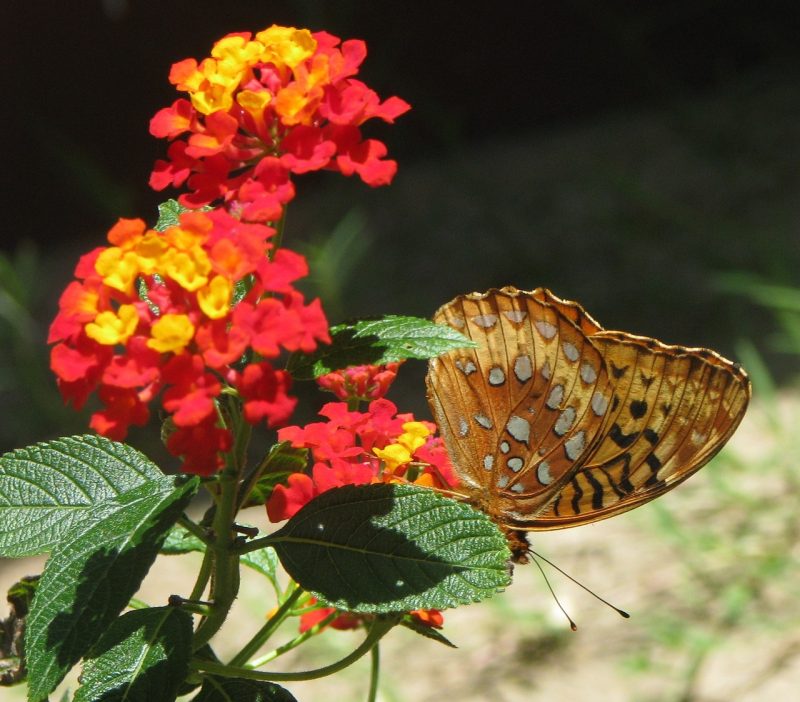
Lantana is a robust flowering plant that thrives in the hot summer months. Preferring temperatures from 60°F to 90°F, it’s an excellent choice for July planting in Zone 9. Varieties such as ‘Miss Huff’ or ‘New Gold’ create vibrant, colorful displays.
Plant Lantana in well-draining soil and full sun, spacing them 24 inches apart. They are drought-tolerant once established, making them low-maintenance but high-impact flowering plants for any garden.
Gaillardia (Blanket Flower)
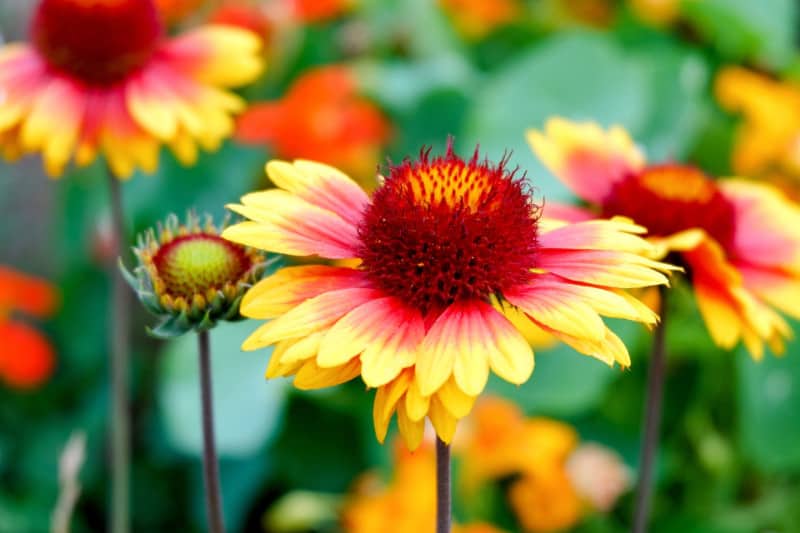
Gaillardia, commonly known as blanket flowers, are tough, drought-resistant plants that do well in warm temperatures. They prefer growing conditions between 55°F to 90°F, making them perfect for planting in July.
Plant seeds directly in well-drained soil with at least 12 inches between plants. Gaillardia blooms frequently and produces flowers that attract butterflies and other pollinators, making a beautiful addition to any space.
Tithonia (Mexican Sunflower)
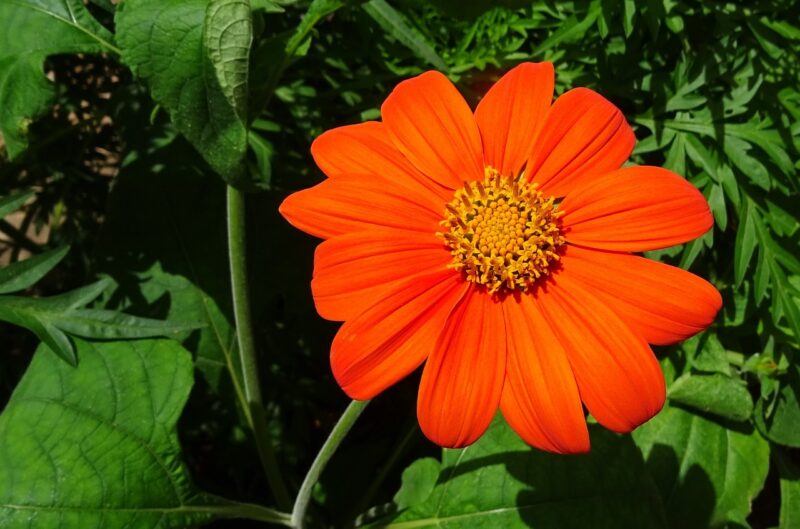
Tithonia, or Mexican Sunflower, is an exceptional annual that thrives in the summer, favoring temperatures ranging from 60°F to 95°F. Its vibrant orange blooms can attract butterflies and other beneficial pollinators into your garden.
Plant seeds directly in well-drained soil, spacing them 18 to 24 inches apart. Tithonia loves full sun and can provide stunning color from July until the first frost, making it a fun addition to your flower garden.
Verbena
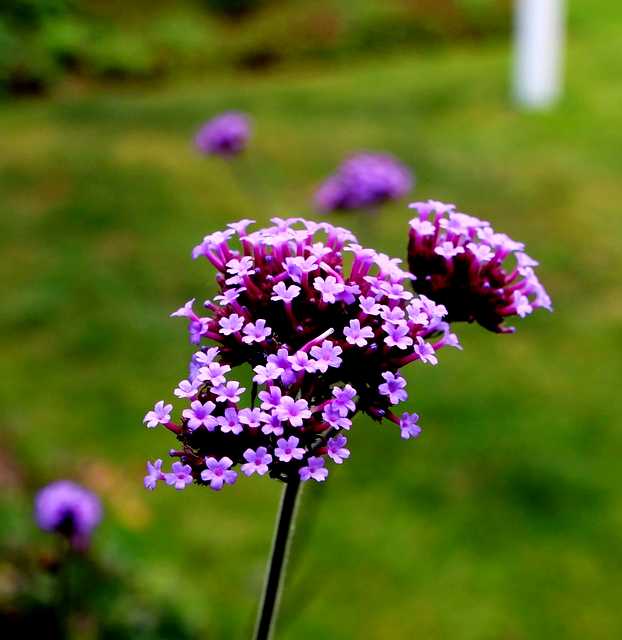
Verbena is another flowering plant well-suited for Zone 9’s warm climate. It flourishes in temperatures between 60°F and 85°F. Varieties like ‘Sandfire’ or ‘Aztec’ are notable for their long bloom period and lovely blossoms.
Sow seeds directly in the garden or transplant seedlings, ensuring they are spaced 12 inches apart. Verbena prefers well-draining soil and plenty of sunlight. Regular deadheading will promote new flower production and keep these plants healthy throughout the summer.
Herbs To Plant
The warm summer months in Zone 9 provide an ideal opportunity to plant various herbs that can thrive in these conditions. Below is a list of ten herbs well-suited for planting in July, ensuring that your garden is both beautiful and functional.
Basil
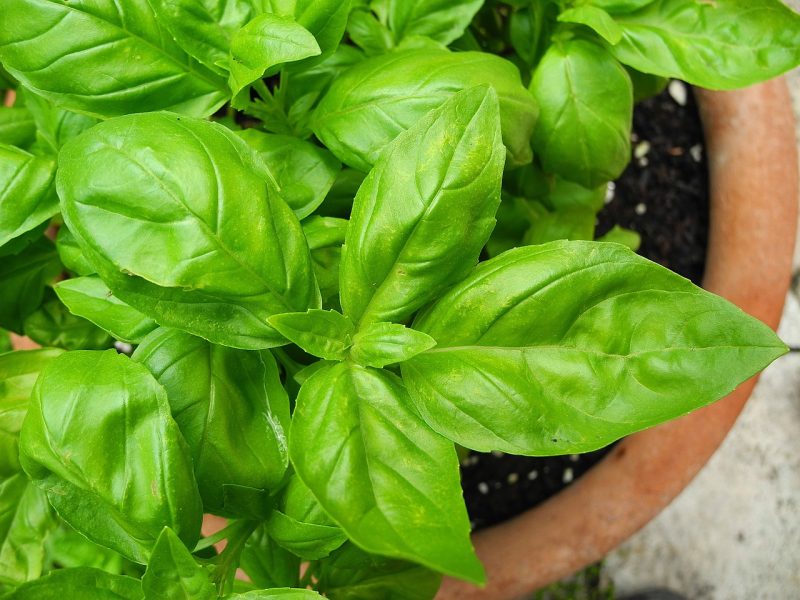
Basil is one of the most popular culinary herbs that flourish in warm places. It thrives in ideal temperatures between 70°F and 90°F, making July perfect for planting. Varieties such as ‘Sweet Basil’ and ‘Thai Basil’ are particularly popular.
Directly sow seeds in the soil or transplant seedlings 12 inches apart in a sunny spot. Regular harvesting of the top leaves will encourage bushier growth and minimize flowering, prolonging your harvest throughout the summer.
Cilantro
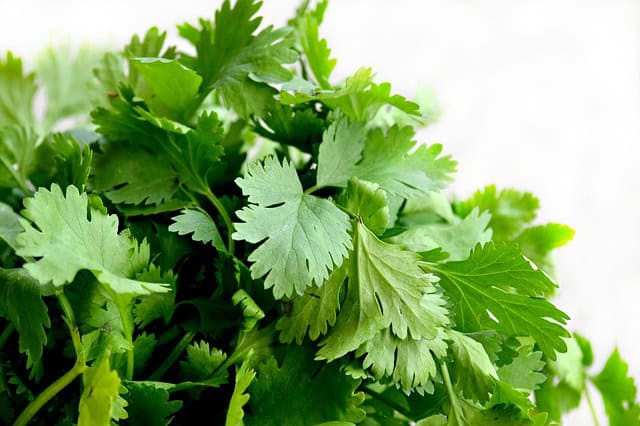
Cilantro, or coriander, can be sown in July for a late summer/early fall harvest. It prefers cooler temperatures but can still thrive during warm months in Zone 9, ideally between 50°F and 75°F.
Plant seeds in well-drained soil, spacing them about 6 inches apart. Water consistently to keep the soil moist but not soggy. Herbs like cilantro can bolt quickly in hot weather, so consider partial shade or planting in smaller intervals.
Dill
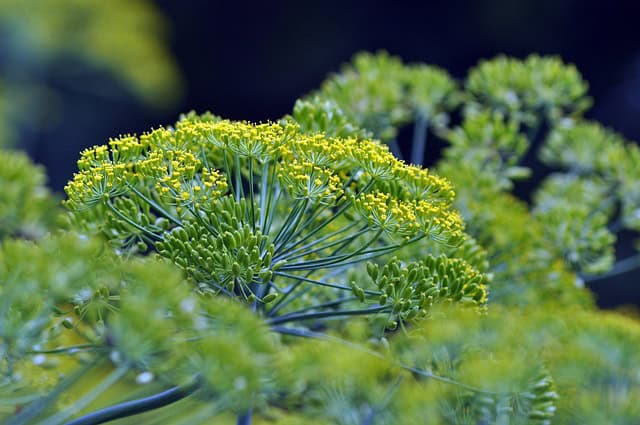
Dill is another herb suitable for planting in July, growing best in warm temperatures ranging from 60°F to 80°F. Fresh dill is a favorite in many culinary dishes and compromises well with other herbs in the garden.
Plant seeds directly into the ground, spacing them about 12 inches apart. Dill prefers full sun and well-drained soil, and consistent watering can enhance growth and flavor. Be aware that dill can self-seed if left to flower, so regular harvesting can help control its spread.
Oregano
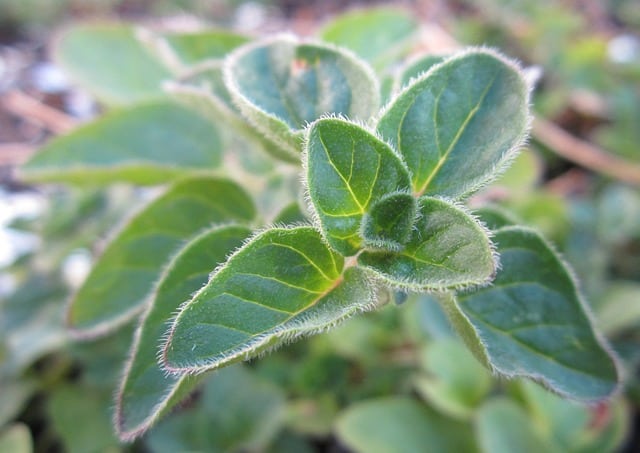
Oregano is a hardy perennial herb that does wonderfully in the summer heat, preferring temperatures of 60°F to 80°F. Popular varieties include ‘Italian Oregano’ and ‘Greek Oregano.’
Sow seeds directly or transplant established plants into well-drained soil. Space them at least 12 inches apart to allow airflow. Oregano thrives in full sunlight and requires very little water, making it an easy-care addition to your herb garden.
Thyme
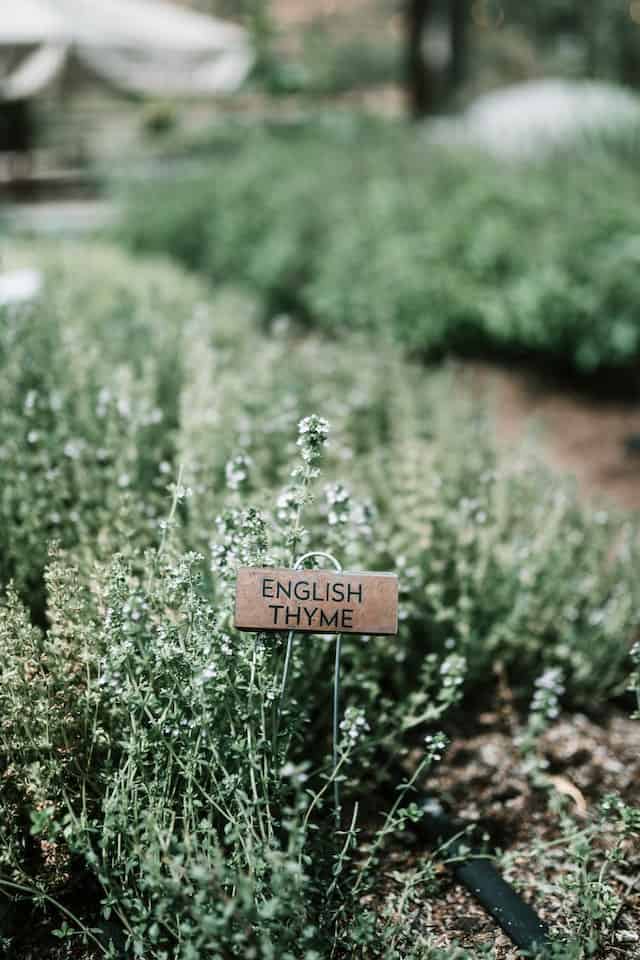
Thyme is a drought-resistant herb that flourishes in warm temperatures. It can tolerate temperatures from 50°F to 85°F, making July a perfect time for planting. Varieties like ‘English Thyme’ and ‘Lemon Thyme’ offer different flavors for culinary applications.
Plant seedlings in well-drained soil, allowing for 12 inches of space between each plant. Thyme requires full sun exposure and, once established, can tolerate infrequent watering. Pruning occasionally can promote bushy growth and maintain flavor.
Chives

Chives are a hardy perennial herb that can be planted in July in Zone 9. They thrive when the temperature ranges between 50°F and 80°F. Known for their mild onion flavor, chives are a must-have herb.
Seeds should be sown in nutrient-rich, well-drained soil, spaced about 6 inches apart. Chives prefer full sun but can tolerate partial shade. Regular trimming of flowers will prevent the plant from going to seed and can enhance foliage growth.
Mint
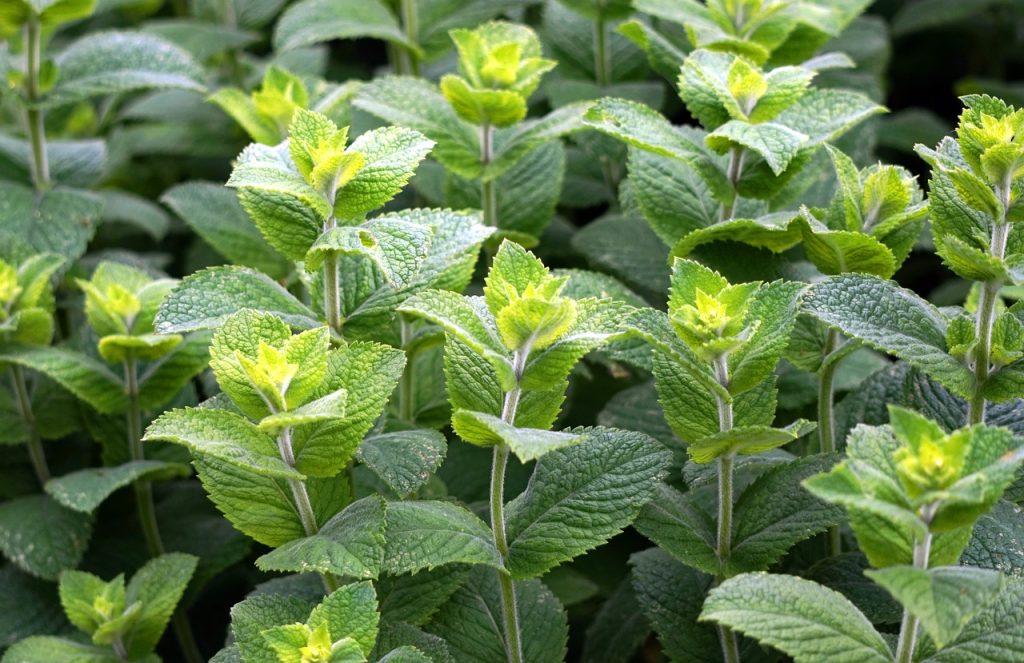
Mint is a hardy perennial herb that loves the heat and can be planted in July. It thrives best in temperatures between 65°F and 85°F. Varieties like ‘Peppermint’ and ‘Spearmint’ can add refreshing flavors to beverages and dishes.
Mint spreads quickly, so it is advisable to plant it in a container or with some form of root barrier. Space plants 12 inches apart in partial to full sun, and water regularly to keep the soil moist while allowing for good drainage.
Parsley
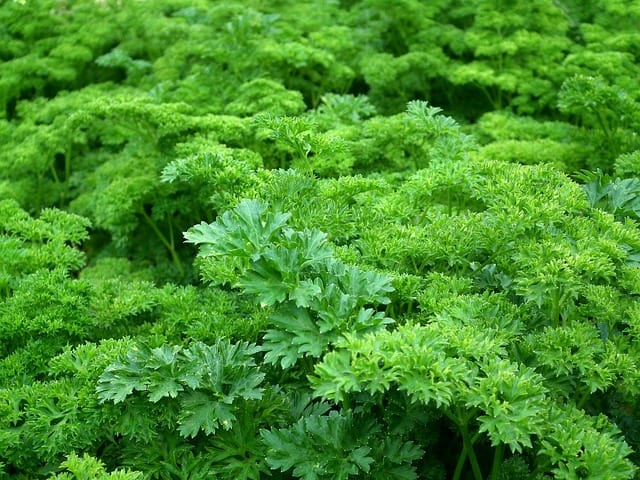
Parsley is a biennial herb that can be sown in July for an autumn harvest. It prefers growing conditions between 55°F and 75°F. Flat-leaved ‘Italian Parsley’ and curly-leaf varieties are both popular.
Sow seeds directly in well-drained soil, allowing for at least 6 inches between plants. Parsley appreciates full sun and should be watered consistently. To extend your harvest, sow seeds in small patches every few weeks.
Lemon Balm

Lemon balm is a fragrant perennial herb that can thrive in Zone 9’s warm climate. It grows best in temperatures between 60°F and 80°F and brings a refreshing citrus scent to the garden.
Space plants 12-18 inches apart and ensure they are planted in full sun or partial shade. Lemon balm is relatively low maintenance but benefits from regular trimming to prevent flowering and encourage lush foliage.
Fennel
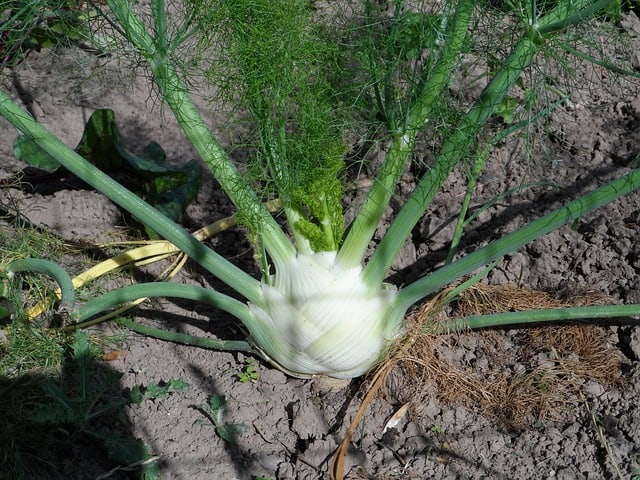
Fennel is a versatile herb that can be grown in warm weather conditions. It prefers temperatures between 60°F and 85°F and is often used for its unique flavor and culinary potential.
Plant fennel seeds directly in well-drained soil, spacing them 12-18 inches apart. Fennel enjoys full sun but should be watered consistently. Take care, as this plant can tower over its neighbors, so provide adequate room in the garden.
Landscape Plants To Plant In July
Landscaping in Zone 9 can produce vibrant and lush gardens, especially during the warmer months. Here are ten landscape plants that flourish when planted in July, enhancing the beauty of your outdoor spaces.
Mexican Bird of Paradise (Caesalpinia pulcherrima)
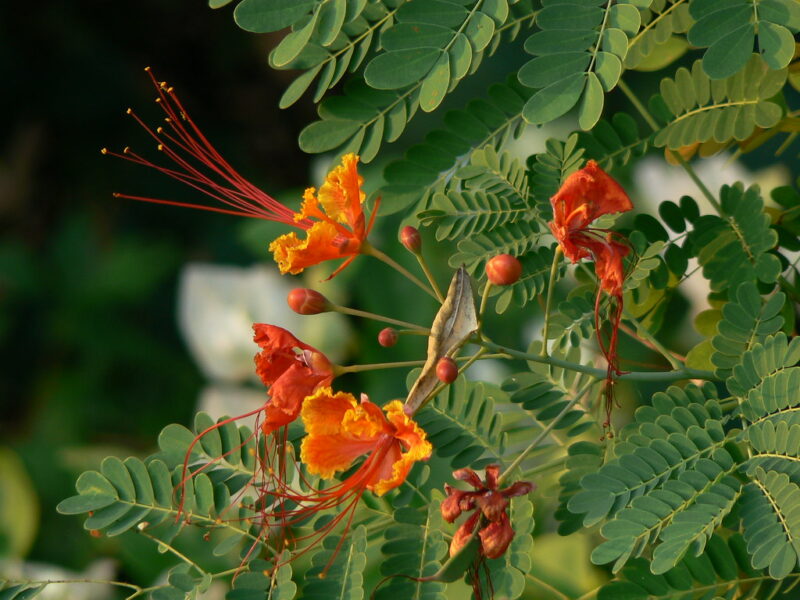
One of the most striking options for landscape planting in July is the Mexican Bird of Paradise. Thriving in temperatures between 70°F and 100°F, this tropical plant features stunning yellow and orange flowers that attract hummingbirds.
Plant these shrubs in full sun, ensuring they are spaced at least 4-6 feet apart. They tolerate drought once established but benefit from regular watering during dry spells to create a lush landscape.
Lantana

Lantanas are versatile flowering plants that thrive in the summer heat typical of Zone 9. Preferring temperatures from 60°F to 90°F, they bloom continuously from summer through fall, offering vibrant colors.
Plant Lantana in well-drained soil in full sun, spacing plants 24 inches apart to allow for spreading. These low-maintenance plants are drought-tolerant and add beautiful color to your landscaping.
Bougainvillea
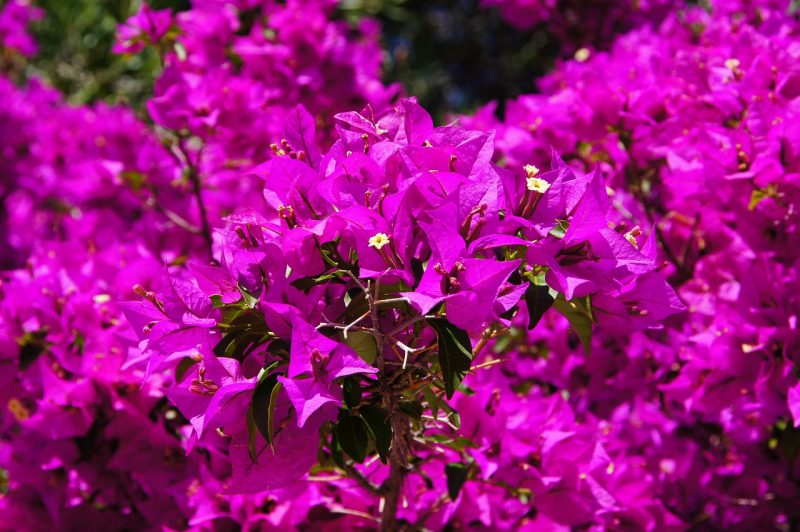
Bougainvillea adds a stunning tropical flair to landscaping, with vibrant, paper-like bracts in shades of purple, pink, or orange. They thrive in warm climates, preferring temperatures between 65°F and 100°F.
Plant bougainvillea in full sun and well-draining soil. Space plants 12-24 inches apart, depending on the variety. These hardy vines are drought-resistant once established, but frequent pruning can help manage their growth and promote flowering.
Hibiscus
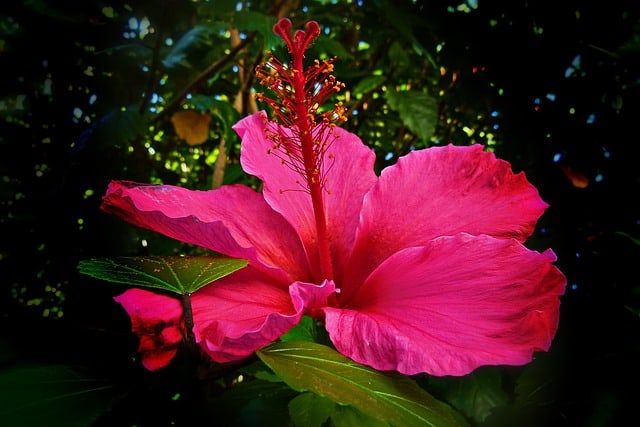
Known for their large, stunning blooms, hibiscus plants are a summer staple in tropical landscaping. They flourish in Zone 9’s warm temperatures, ideally between 70°F and 90°F.
Hibiscus can be planted directly in the soil, allowing for 3-4 feet between plants. They thrive in full sun and require regular watering to keep the soil moist, especially during hot months. Deadhead spent flowers to encourage continuous blooming.
Plumbago (Plumbago auriculata)
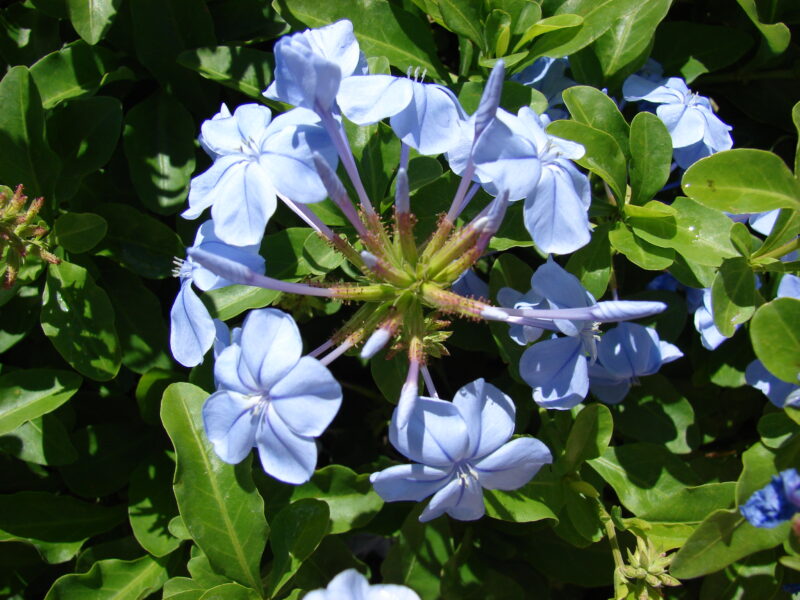
Plumbago is a hardy shrub known for its beautiful blue flowers and lush foliage. It performs well in warm temperatures, thriving between 70°F to 90°F, making it a suitable July planting choice.
Space plumbago 2-3 feet apart in full sun or partial shade, and plant them in fertile, well-drained soil. Regular watering is key, especially during the first year of establishment, to support healthy growth.
Oleander (Nerium oleander)

Oleander is a hardy, drought-resistant shrub that flourishes in hot climates. Preferring temperatures of 70°F to 100°F, it can thrive in the summer heat of Zone 9.
Plant oleanders in full sun, spacing them 3-6 feet apart to accommodate their mature size. These shrubs are ideal for low-maintenance landscaping, but be cautious, as all parts of the plant are toxic if ingested.
Agapanthus (African Lily)

Agapanthus, commonly known as African Lily, is a beautiful perennial that can thrive in the summery warmth of Zone 9. It prefers temperatures between 60°F and 90°F and produces impressive clusters of blue or white flowers.
Plant in well-drained soil and space bulbs about 18 inches apart. These plants love full sun but can tolerate partial shade. Regular watering is essential for best results, especially during bloom time.
Canna Lily
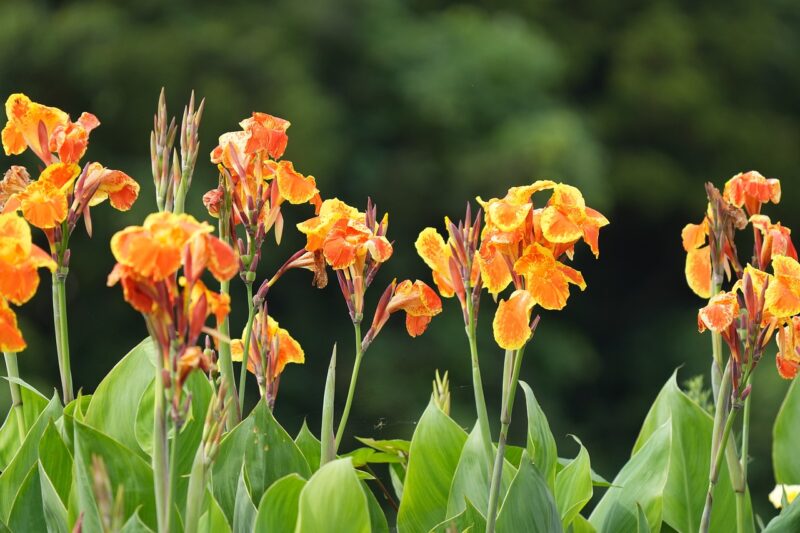
Canna lilies are stunning tropical plants that do well in warm climates. With bright and bold flowers, they’re perfect for adding vibrancy to your landscape during July. These plants prefer temperatures between 70°F to 100°F.
Plant canna lily rhizomes in nutrient-rich soil, spacing them 2-3 feet apart. They require full sun and benefit from regular watering to promote healthy growth and vibrant blooms.
Daylilies (Hemerocallis)
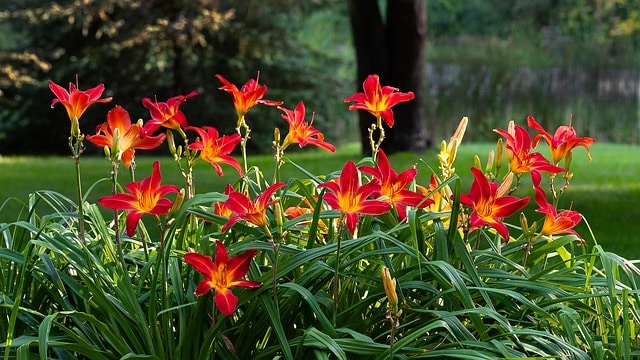
Daylilies are versatile, hardy perennials that bloom beautifully throughout the summer months. They thrive in well-drained soil and can withstand temperatures from 50°F to 90°F, making them an excellent choice for July planting.
Space daylily divisions 1-2 feet apart in full sun or partial shade. Once established, they require minimal maintenance and can easily thrive in various soil types while attracting pollinators to your garden.
Tidy Tips (Layia platyglossa)
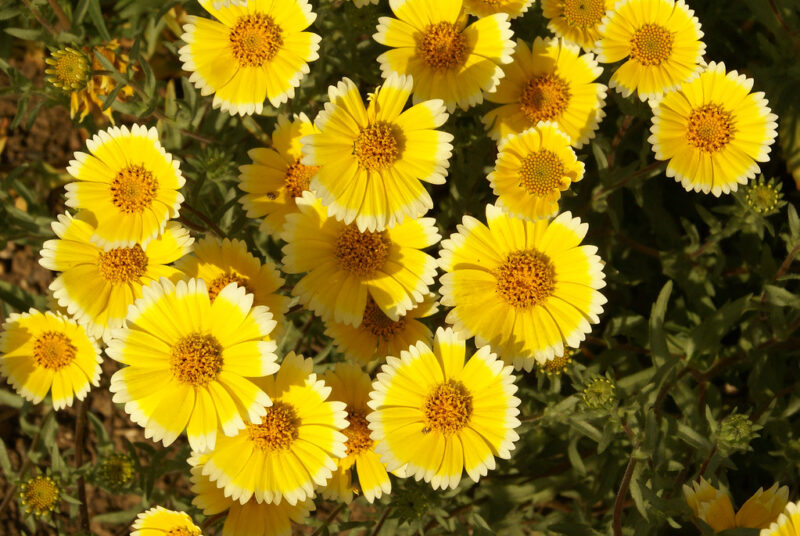
Tidy tips, also called Layia platyglossa, is an annual wildflower that flourishes in Zone 9’s heat. It thrives in temperatures from 60°F to 90°F and boasts charming yellow and white blooms.
Directly sow seeds in well-drained soil, spacing them about 12 inches apart in full sun. This drought-tolerant plant attracts bees and butterflies, providing beautiful splashes of color while being relatively low-maintenance.
Conclusion
July in Zone 9 is a vibrant time for gardening, offering a wide variety of vegetables, flowers, herbs, and landscape plants that thrive in the warm climate. Whether adding new vegetables to your dinner table, planting swathes of colorful blooms to enhance your garden, or cultivating fragrant herbs for culinary adventures, July provides numerous possibilities.





